Fiddle Leaf Fig, scientifically known as Ficus Lyrata, is a popular houseplant that has taken the world by storm.
Its majestic appearance and large, violin-shaped leaves make it a favorite among plant enthusiasts and interior designers alike.
Native to the tropical regions of West Africa, this plant has become a staple in many households and offices around the world.
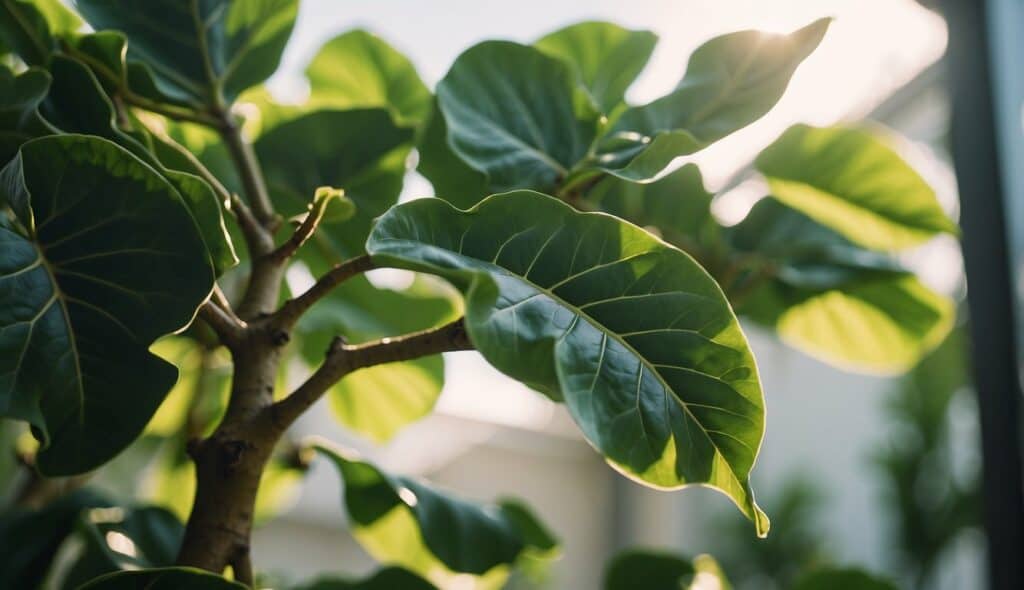
The Fiddle Leaf Fig has gained popularity in recent years due to its ability to add a touch of natural beauty and elegance to any space.
Its large, glossy leaves can grow up to 18 inches long and 12 inches wide, making it a statement piece that can instantly transform a room.
In addition to its aesthetic appeal, the Fiddle Leaf Fig is also known for its air-purifying properties, making it a great addition to any living or work area.
With proper care and maintenance, this plant can thrive for years, bringing joy and beauty to its surroundings.
Understanding the Ficus Lyrata
Botanical Profile
Ficus Lyrata, commonly known as the Fiddle Leaf Fig, is a tropical plant that belongs to the Moraceae family.
This plant is native to western Africa, specifically in Cameroon, where it grows in lowland tropical rainforests.
It is a tree that can grow up to 50 feet tall in its natural habitat.
The Fiddle Leaf Fig has large, glossy, and violin-shaped leaves that can grow up to 18 inches long and 12 inches wide.
The leaves are leathery and have a prominent vein that runs down the center, giving them a distinct and beautiful appearance.
Growth Habits
The Ficus Lyrata is a slow-growing plant that requires a warm and humid environment to thrive.
It prefers bright, indirect light and well-draining soil that is kept moist but not waterlogged.
It is important to avoid overwatering the Fiddle Leaf Fig, as this can lead to root rot and other problems.
In its natural habitat, the Fiddle Leaf Fig grows in nutrient-rich soil that is constantly replenished by leaf litter and other organic matter.
Therefore, it is essential to fertilize the plant regularly to ensure its proper growth and development.
The Ficus Lyrata is a popular houseplant because of its unique and attractive appearance.
It can add a touch of elegance to any room and is relatively easy to care for.
However, it is important to understand the plant’s growth habits and requirements to ensure its long-term health and vitality.
With proper care and attention, the Fiddle Leaf Fig can thrive and bring joy to its owner for many years to come.
Caring for Your Fiddle Leaf Fig
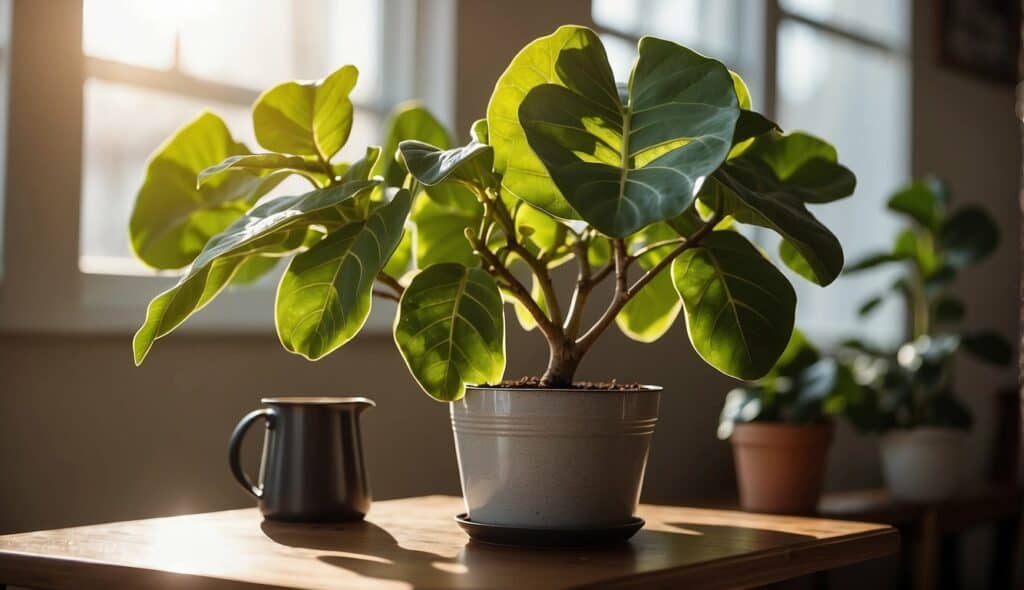
Optimal Lighting Conditions
Fiddle leaf figs thrive in bright, indirect light.
They should be placed near a window that receives plenty of natural light but not direct sunlight, which can scorch their leaves.
If your fiddle leaf fig is not getting enough light, its leaves may turn yellow and drop.
To ensure your plant receives even light, rotate it every few weeks.
Watering Techniques
Overwatering is one of the most common mistakes made when caring for fiddle leaf figs.
These plants prefer to dry out slightly between waterings, so it’s important not to water them too frequently.
To determine when your plant needs water, stick your finger about an inch into the soil. If it feels dry, it’s time to water.
When watering, thoroughly saturate the soil and allow any excess water to drain away.
Avoid letting your plant sit in standing water, as this can lead to root rot.
Soil and Fertilization
Fiddle leaf figs prefer well-draining soil that is rich in nutrients.
A good potting mix for these plants should contain a blend of peat moss, perlite, and vermiculite.
Fertilize your plant every two to four weeks with a balanced liquid fertilizer during the growing season (spring and summer).
Be sure to follow the instructions on the fertilizer package, as over-fertilization can damage your plant.
Pruning and Maintenance
Pruning your fiddle leaf fig can help it maintain its shape and promote healthy growth.
Remove any dead, yellow, or damaged leaves as soon as you notice them.
You can also trim back any branches that are getting too long or making your plant look lopsided.
To encourage branching, make a small cut just above a leaf node.
Regular maintenance, such as wiping down the leaves to remove dust and debris, can also help keep your fiddle leaf fig healthy and looking its best.
Common Challenges and Solutions
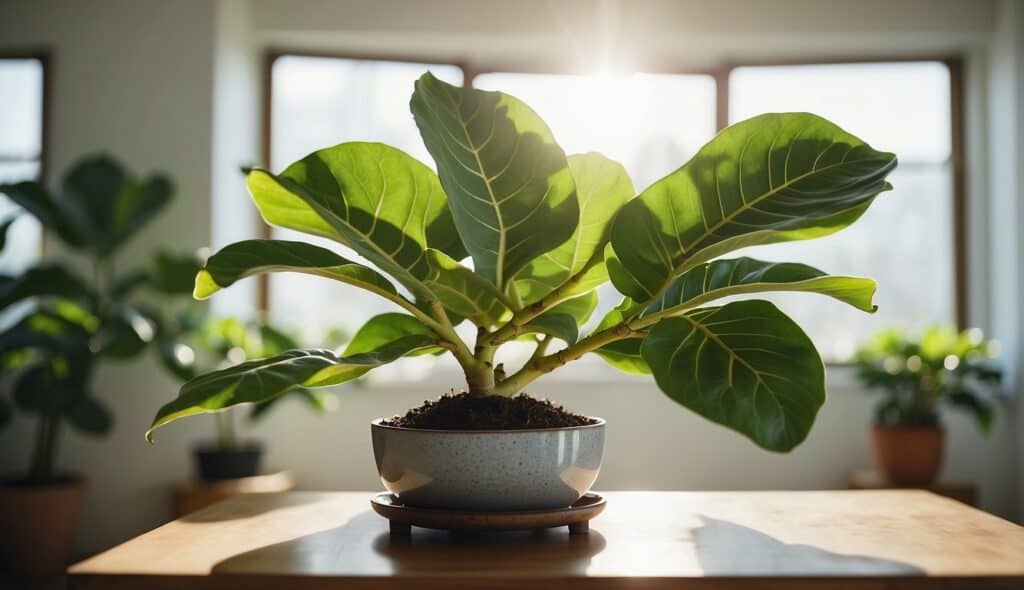
Pest Prevention
Fiddle Leaf Figs are prone to pest infestations, which can cause significant damage to the plant.
Common pests that affect Ficus Lyrata include spider mites, mealybugs, and scale insects.
To prevent pest infestations, it is essential to keep the plant clean and free of debris.
Regularly wiping the leaves with a damp cloth can help prevent dust buildup and keep pests at bay.
If a pest infestation does occur, it is best to take immediate action. Insecticidal soap and neem oil are effective treatments for many common pests.
However, it is important to follow the manufacturer’s instructions carefully and avoid overuse, as this can harm the plant.
Disease Management
Fiddle Leaf Figs are also susceptible to various diseases, including root rot, fungal infections, and bacterial infections.
One of the most common causes of disease in Ficus Lyrata is overwatering.
To prevent root rot and other water-related diseases, it is crucial to ensure the plant is not sitting in standing water and that the soil is well-draining.
If a disease does occur, it is essential to identify the cause and take appropriate action.
For example, if the plant has root rot, it may be necessary to repot the plant in fresh, well-draining soil.
Similarly, if the plant has a fungal or bacterial infection, it may be necessary to treat the plant with a fungicide or bactericide.
Leaf Drop Issues
One of the most common issues that Fiddle Leaf Figs face is leaf drop.
Leaf drop can occur for many reasons, including overwatering, underwatering, pest infestations, and environmental stress.
To prevent leaf drop, it is essential to ensure the plant is receiving the right amount of water and light and that it is not exposed to extreme temperatures or drafts.
If leaf drop does occur, it is important to identify the underlying cause and take appropriate action.
For example, if the plant is overwatered, it may be necessary to reduce watering frequency and improve drainage.
Similarly, if the plant is exposed to extreme temperatures or drafts, it may be necessary to move the plant to a more suitable location.
Styling and Decorative Uses
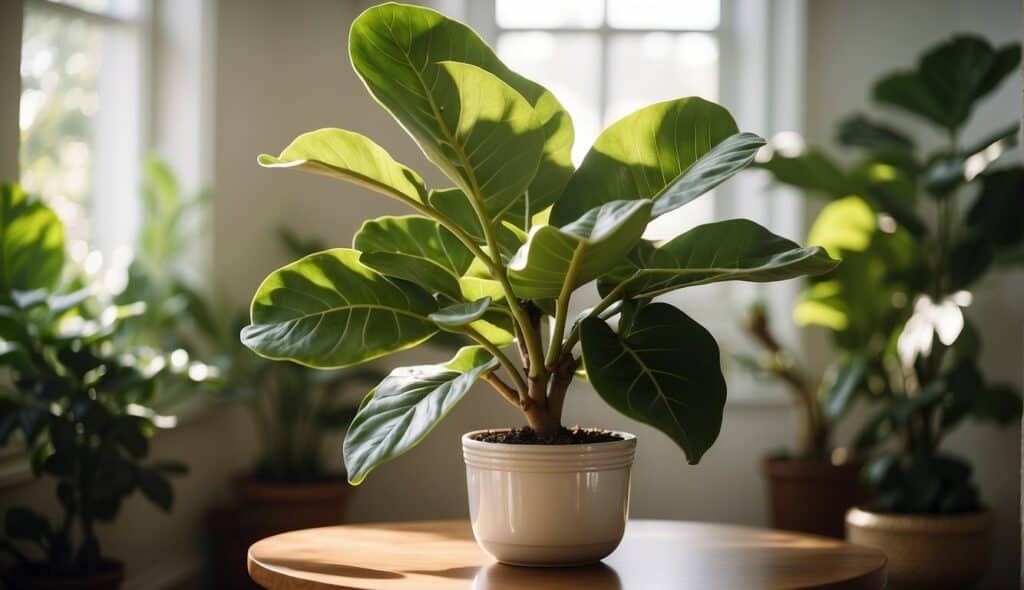
The Fiddle Leaf Fig is an excellent choice for those who want to add some greenery to their space.
Its large, violin-shaped leaves make a statement in any room, and it can be styled in several ways to fit different decorative styles.
One way to style the Fiddle Leaf Fig is by placing it in a decorative pot or basket.
This adds an extra layer of texture and visual interest to the plant and can help tie it into the overall decor of the room.
Be sure to choose a pot or basket that complements the colors and style of the room.
Another way to incorporate the Fiddle Leaf Fig into a space is by using it as a statement piece.
Placing it in a prominent location, such as in a corner or near a window, draws the eye and adds a focal point to the room.
Pairing it with other decorative elements, such as a piece of art or a decorative rug, can help create a cohesive look.
For those who prefer a more minimalist style, the Fiddle Leaf Fig can be styled on its own.
Its bold leaves and tall stature make it a striking addition to any space, and it can be used to add a touch of nature to an otherwise simple room.
Overall, the Fiddle Leaf Fig is a versatile plant that can be styled in many different ways.
Whether you prefer a bold statement piece or a more subtle addition to your decor, the Fiddle Leaf Fig is sure to add some greenery and life to your space.
Frequently Asked Questions
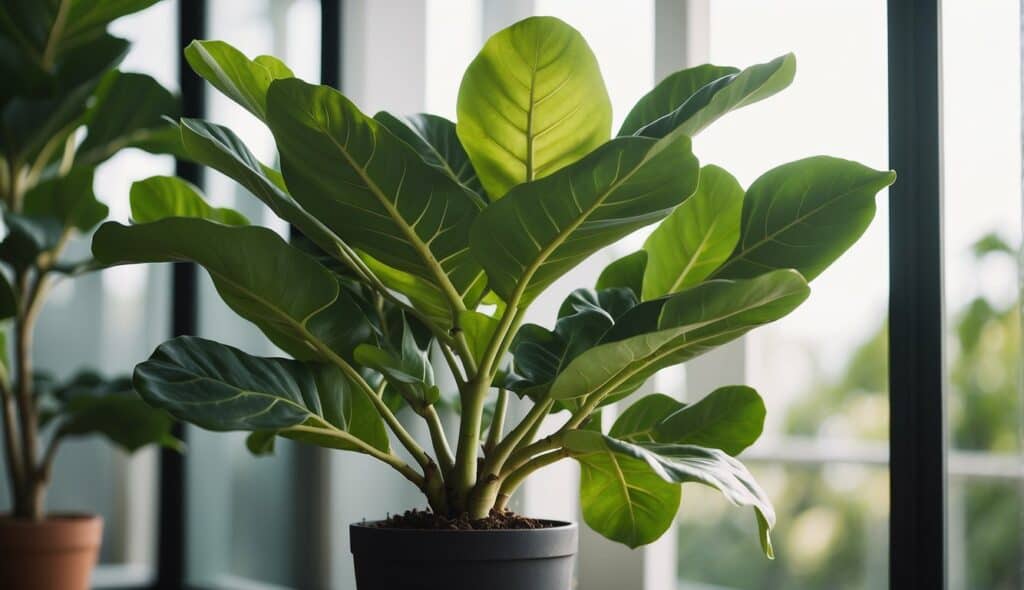
How do I properly water my Fiddle Leaf Fig to keep it healthy?
Overwatering is the most common mistake people make with Fiddle Leaf Figs. To keep your plant healthy, water it only when the top inch of soil is dry.
It’s important not to let the soil become too dry or too wet, as this can cause stress to the plant.
When watering, make sure to water thoroughly until water drains out of the bottom of the pot.
What’s the best lighting for promoting growth in a Ficus Lyrata?
Fiddle Leaf Figs thrive in bright, indirect light.
Place your plant near a window that receives plenty of natural light, but avoid direct sunlight, as this can scorch the leaves.
If your plant isn’t receiving enough light, you may notice that the leaves start to droop or turn yellow.
Can you provide tips for repotting this type of plant without causing shock?
When repotting your Fiddle Leaf Fig, it’s important to do so during the plant’s active growing season (spring or summer).
Choose a pot that is only slightly larger than the current one, as a pot that is too large can cause the soil to hold too much moisture and lead to root rot.
When repotting, be gentle with the roots to avoid causing shock to the plant.
What are common pests to watch out for, and how can I protect my plant?
Fiddle Leaf Figs are susceptible to pests such as spider mites, mealybugs, and scale insects.
To protect your plant, regularly inspect the leaves and stems for signs of infestation, such as tiny webs or white cottony spots.
If you notice an infestation, treat it immediately with an insecticidal soap or neem oil.
How often should I fertilize my Fiddle Leaf Fig, and what type should I use?
Fiddle Leaf Figs should be fertilized every 2-3 months during the growing season with a balanced, water-soluble fertilizer.
Be careful not to over-fertilize, as this can cause salt buildup in the soil.
If you notice brown tips on the leaves, this may be a sign of over-fertilization.
Why are the leaves of my Ficus Lyrata turning brown, and how can I fix it?
Brown leaves on a Fiddle Leaf Fig can be caused by a variety of factors, including overwatering, underwatering, low humidity, or pest infestations.
To fix the problem, first identify the cause and address it. If the problem is overwatering, reduce watering frequency and make sure the pot has good drainage.
If the problem is low humidity, consider using a humidifier or placing a tray of water near the plant.
If the problem is pests, treat the infestation immediately.






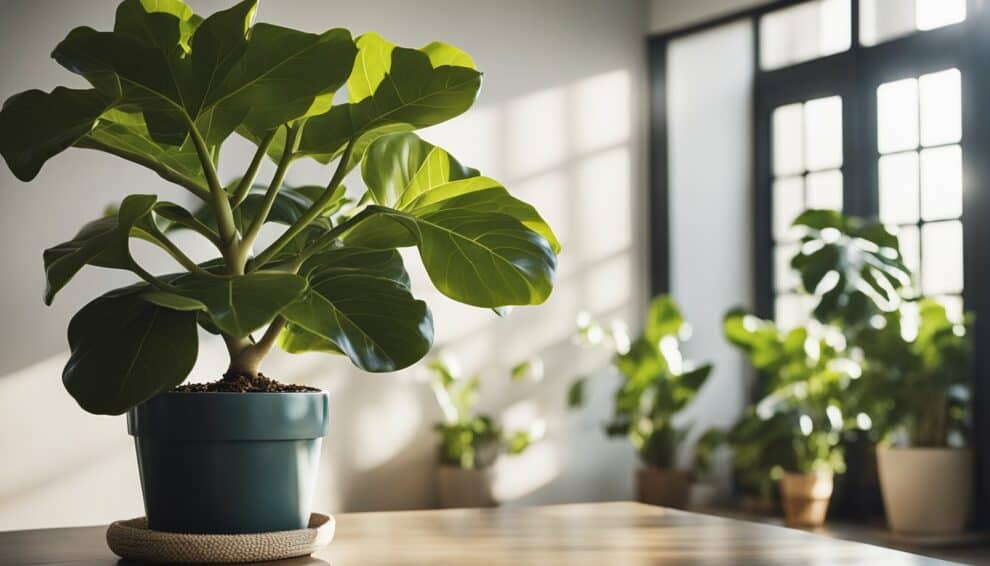



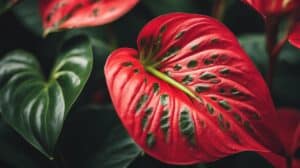

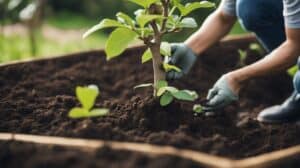


Add Comment